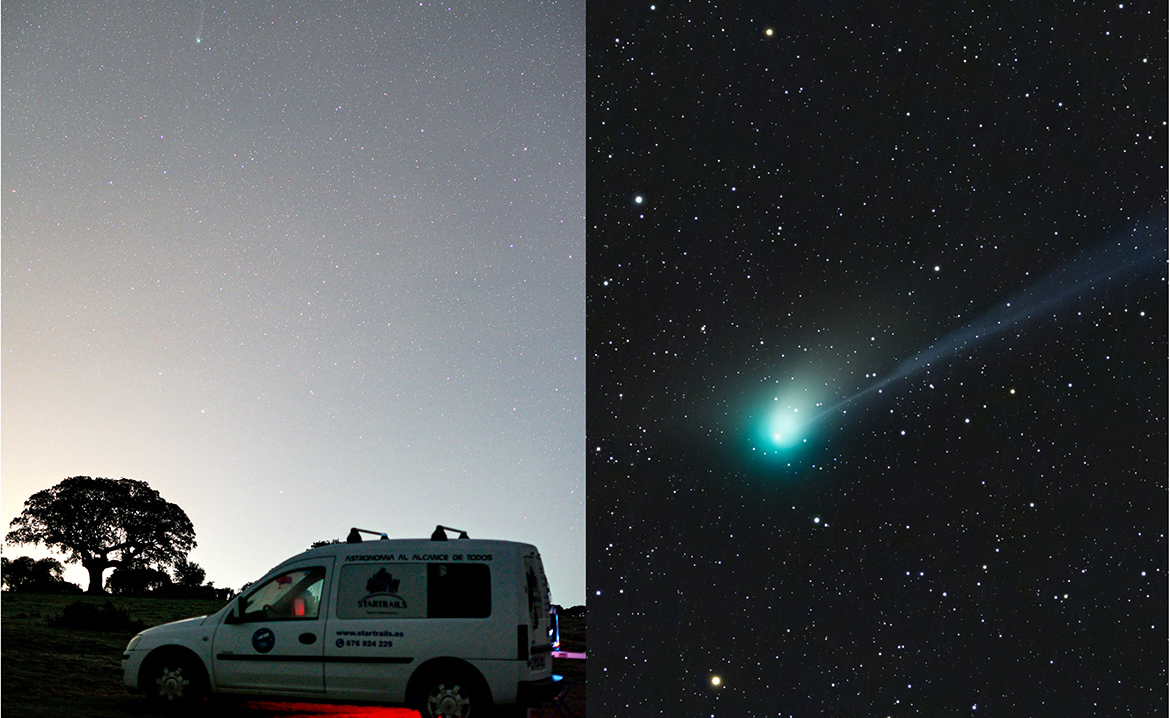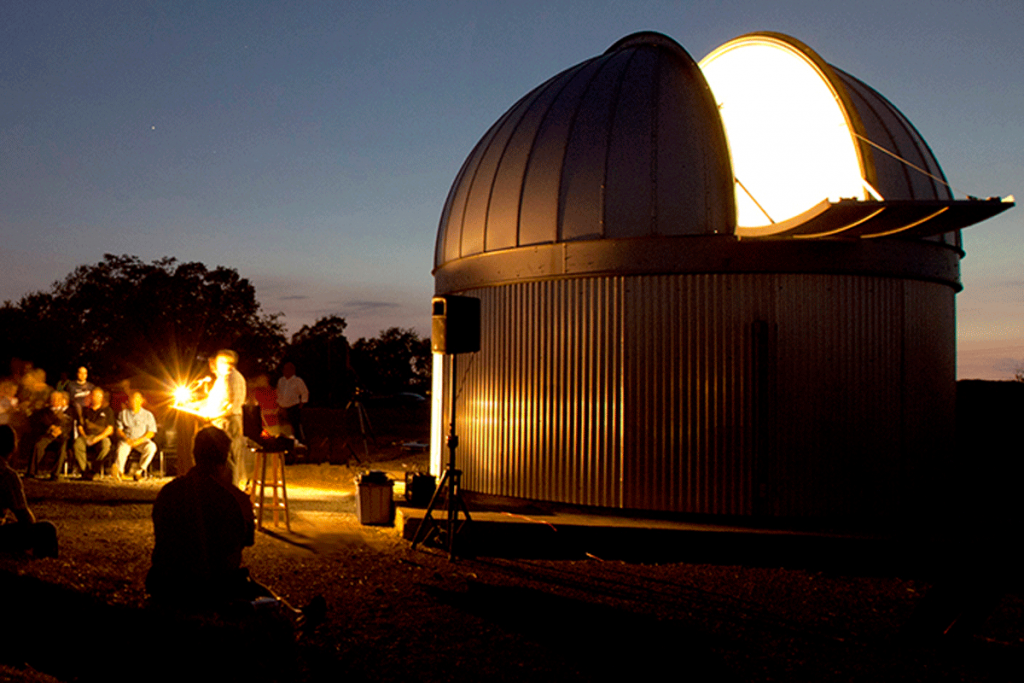Typically held on the first Friday of each month during the semester, the Middle Tennessee State University Department of Physics and Astronomy Friday Star Parties for spring 2023 will feature four events from February through May.
Professor Chuck Higgins launches the series, presenting the topic “What is a Green Comet?” starting at 6:30 p.m. Friday, Feb. 3, in Wiser-Patten Science Hall Room 102.

Free parking can be found behind Wiser-Patten.
All Star Parties are free and open to the public. The format is a 30- to 45-minute lecture followed by a telescope viewing by the MTSU Observatory, weather permitting.
Higgins said his talk with focus on the public “having a chance to see a comet that last visited the inner solar system 50,000 years ago.”
The outer space object that is named “Comet C/2022E3 (ZTF)” will make its closest approach to Earth Feb. 1-2 at a distance of 26 million miles. For reference, the sun is 93 million miles away.


“Any comet is special delivery from the outer solar system or beyond, but what makes this one extra special is its color, green,” Higgins said.
“A green comet is rare and caused by a special molecule made of carbon,” Higgins added. “Although it is extremely faint, it can barely be seen with the unaided eye under very dark skies. Binoculars or a telescope will give a much better view. Find out more about this green comet and learn when and where to look to see it in the sky.”
While clouds across the Midstate are likely to hamper viewing Feb. 1-2, skies are expected to clear Friday morning and allow Star Party participants an opportunity to view the green comet.
The spring Friday Star Party schedule also will include:
• March 3 — “Inhabiting Other Worlds,” led by lecturer Greggory McPherson.
• April 7 — Topic to be announced, led by lecturer Irina Perevalova.
• May 5 — “The Power of Stars in Our Homes,” led by lecturer Neda Naseri.
For more information about the Department of Physics and Astronomy, one of 11 College of Basic and Applied Sciences departments, call 615-898-2130.
— Randy Weiler (Randy.Weiler@mtsu.edu)


COMMENTS ARE OFF THIS POST